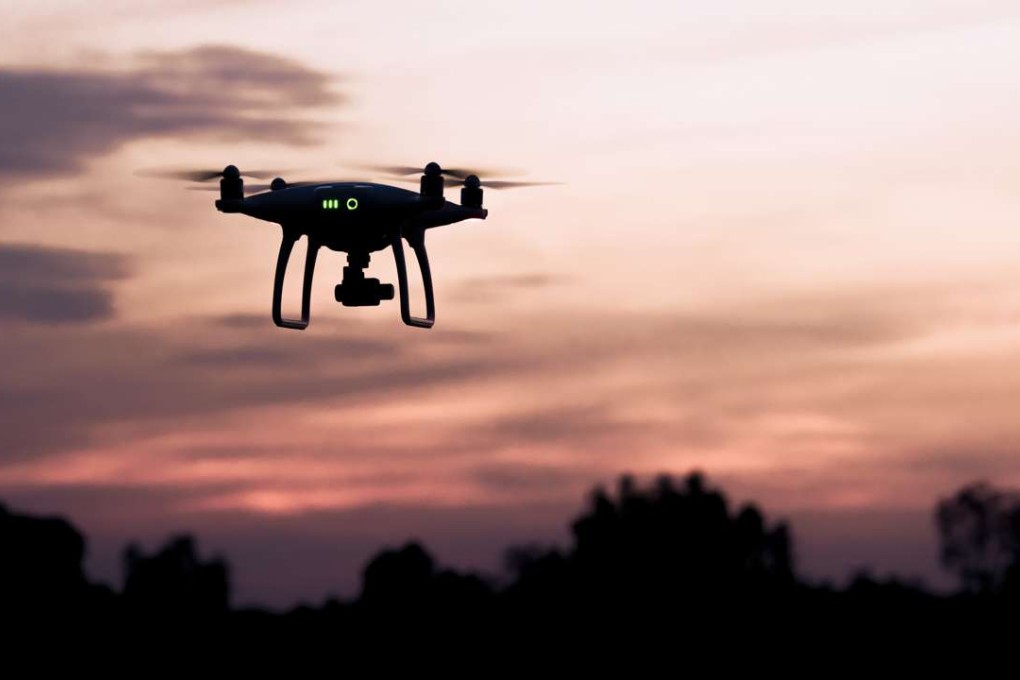Dronejacking may be the latest cyber threat, warns Intel’s cyber security company
Cyber criminals will take advantage of the rise in use of drones, leading to the hijacking of the flying machines, to steal packages and cameras, or knock out surveillance cameras

A big rise in drone use is likely to lead to a new wave of “dronejackings” by cybercriminals, security experts have warned.
A recent report by Intel’s McAfee Labs said hackers are expected to start targeting drones used for deliveries, law enforcement and film crews.
“Drones are well on the way to becoming a major tool for shippers, law enforcement agencies, photographers, farmers, the media, and more,” said Intel Security’s Bruce Snell, in the company’s annual threat report.
Snell said the concept of dronejacking was demonstrated at a security conference last year, where researchers showed how easily someone could take control of a toy drone.
“Although taking over a kid’s drone may seem amusing and not that big an issue, once we look at the increase in drone usage the potential for problems starts to arise,” he said.
The report noted that many consumer drones lack adequate security, which makes it easy for an outside hacker to take control.